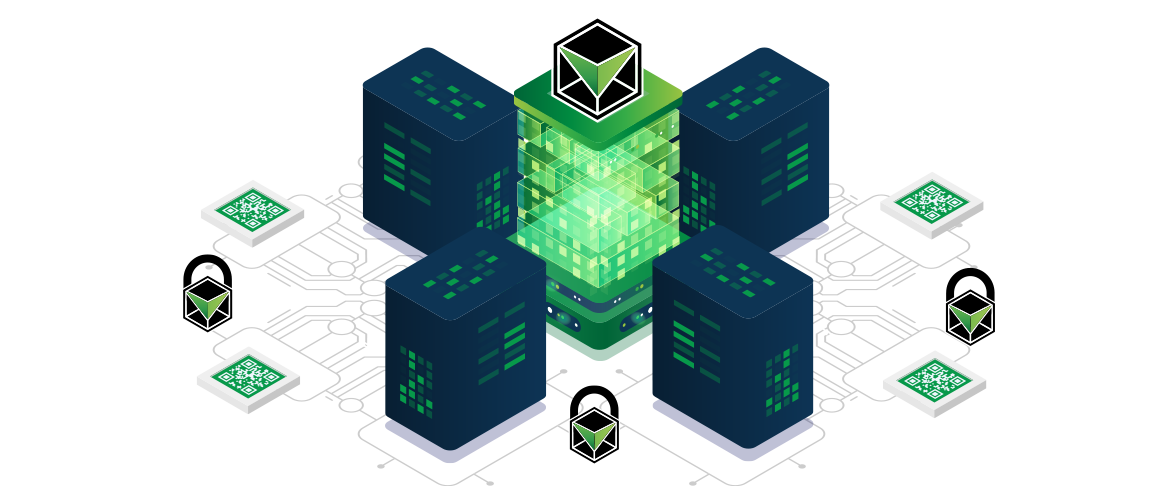To answer this question, let’s break it down into 3 parts-
a) How hashing works: In simple terms, hashing means taking an input string of any length (data from your document) and giving out an output of a fixed length. This output string is sent to the blockchain. This is a critical function because this property of hashing leads to one of the greatest qualities of the blockchain, which is, its immutability. That means, if someone makes even a slight change in your input, the hash will no longer match with the one initially generated, protecting you against fraudulent tampering of your document.
READ MOREImplementation costs differ from client to client. In saying that, to integrate VeriDoc Global as a plugin into a client’s existing server, VeriDoc Global will work as an API to fetch information from client’s domain. To do this, the API will conduct transactions on VeriDoc Global server on behalf of client. This will require our development team to calculate the effort and number of hours required in integrating VeriDoc Global services into client’s existing domain. Thus, the cost of implementation will be directly proportional to the hours of work required for integration.
READ MOREIn simple terms, VeriDoc Global verifies each step in the supply chain by registering a “digital handshake”, that marks exactly when and where the goods have changed hands. Thus, a record of entire history including all transfer documents can be added on the same QR for ease of access and supply chain tracking.
READ MOREThe QR present on all VeriDoc Global generated documents can be access-level controlled. In which case, when a user scans the QR code they will only be able to see the information for which they have access to. To do so, the user will have to scan the access level-protected QR code using our VeriDoc QR Scanner Mobile Application.
READ MOREMetadata is information about an object or resource that describes characteristics such as content, quality, format, location and contact information.Metadata can be used to instantly identify and validate the important information such as document holder name, any reference numbers or values from the document upon scanning.
READ MOREA Decentralized Application (DApp) is very similar to a traditional web application. The front end uses the same technology to render the page. The one critical difference is that instead of an API connecting to a database, there is a smart contract connecting to a blockchain.
READ MORESecurity is a critical responsibility for VeriDoc, and represents an investment that customers using our services can count on.We build security into VeriDoc products and cloud services from the ground up, using Microsoft’s fundamentals starting with the Security Development Lifecycle, a process that Microsoft has made publicly available since 2004.
READ MOREVDG is used to pay for transactions and to send data to the blockchain. The utility token covers the fees that are associated with creating a new record, such as gas on the Ethereum blockchain.
READ MOREVeriDoc Global is a DApp and was never intended for just one single blockchain. Limiting payments to ETH would mean that when VeriDoc Global is available on other blockchains, document issuers would need to pay for fees in multiple cryptocurrencies.
READ MORE







 Brand Trust
Brand Trust





























